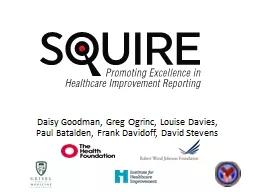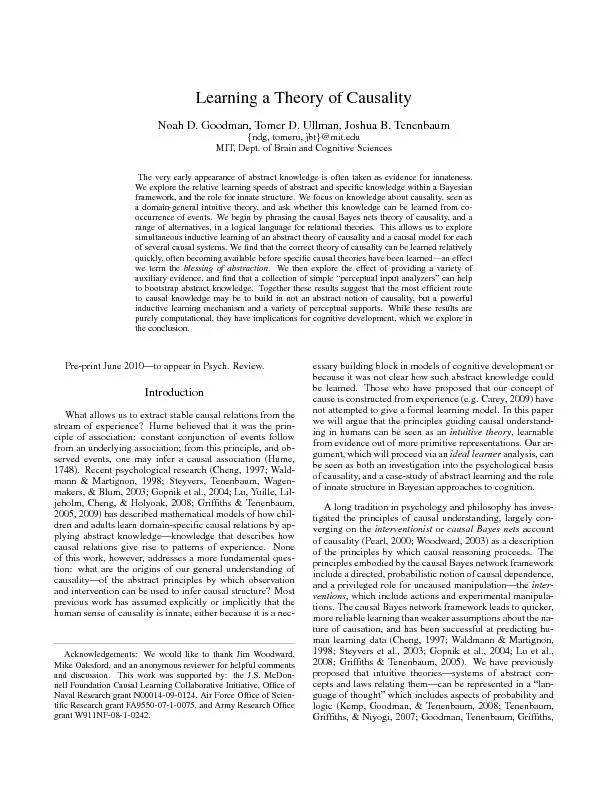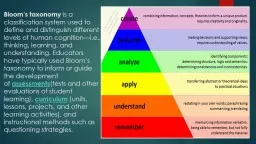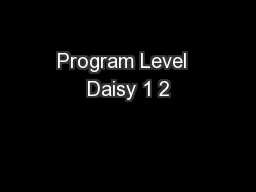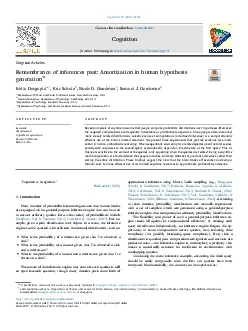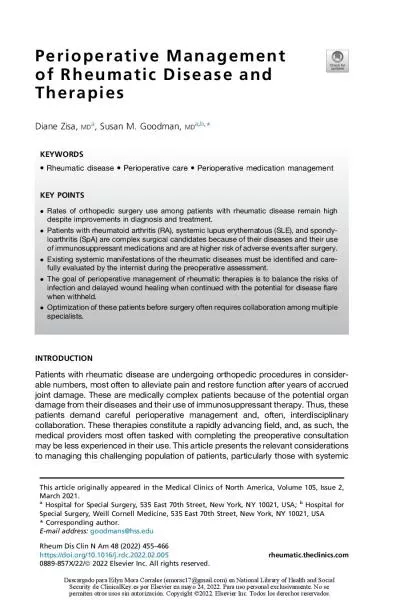PPT-Daisy Goodman,
Author : stefany-barnette | Published Date : 2017-06-19
Greg Ogrinc Louise Davies Paul Batalden Frank Davidoff David Stevens D isclosures No financial conflicts The SQUIRE evaluation and revision process were supported
Presentation Embed Code
Download Presentation
Download Presentation The PPT/PDF document "Daisy Goodman," is the property of its rightful owner. Permission is granted to download and print the materials on this website for personal, non-commercial use only, and to display it on your personal computer provided you do not modify the materials and that you retain all copyright notices contained in the materials. By downloading content from our website, you accept the terms of this agreement.
Daisy Goodman,: Transcript
Download Rules Of Document
"Daisy Goodman,"The content belongs to its owner. You may download and print it for personal use, without modification, and keep all copyright notices. By downloading, you agree to these terms.
Related Documents

